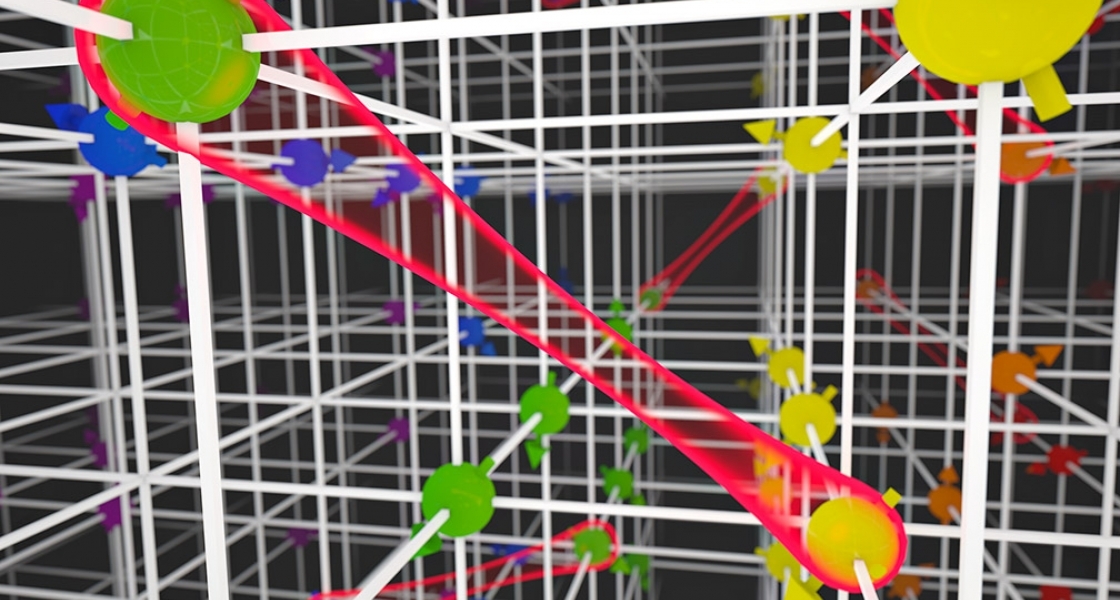In physics, it’s always easier to study a system in equilibrium. A system in equilibrium is neat and orderly, everything in balance. But the real world is rarely so perfectly balanced.
“Life is out-of-equilibrium. The weather is out-of-equilibrium,” joked JILA Fellow Ana Maria Rey.
When things are out-of-equilibrium, it’s hard to study a phenomenon called dynamical phase transitions. Phase transitions are ubiquitous in nature, like when water turns into ice, Rey explained. A dynamical phase transition is when an out-of-equilibrium system rapidly takes on different behaviors -- just by changing one parameter, like a magnetic field.
These dynamical phase transitions are critical to understanding how our world works in the quantum realm. Controlling these phase transitions could help scientists build new quantum mechanical technologies, like optical atomic clocks for experiments or better superconductors.
Dynamical phase transitions have been observed before in trapped ion arrays. But in those experiments, the ions didn’t have the freedom to move around, and the electrically charged ions strongly interact with each other over long distances. In theory, a dynamical phase transition could happen in other systems but it had never been seen before – until now.
At the University of Toronto, the experimental group of Prof. J. Thywissen, guided by the Rey group observed a dynamical phase transition in an out-of-equilibrium weakly-interacting gas of fermionic potassium atoms for the first time. In contrast to electrically-charged ions with their strong long-range interactions, these neutral atoms interact much more weakly with each other and only over much shorter distances, needing to bump and collide to “see” each other.
“We’re taking a system that apparently violates all the conditions satisfied by the ions,” Rey said. “The system we have at hand (weakly interacting atoms), you never imagined would have the properties of this other system (strongly interacting ions).”
Building on Jin’s work
Their experiment built on late JILA Fellow Debbie Jin’s work. Jin, who passed away in 2016, created the first degenerate Fermi gases. Her research laid the groundwork for understanding ultracold gases and Feshbach resonances. In a Feshbach resonance a magnetic field is used as a means to tune atomic interactions.
Using those tools, Rey’s and Thywissen’s groups were able to crank the magnetic field to turn on and off interactions between fermions in a trap.




